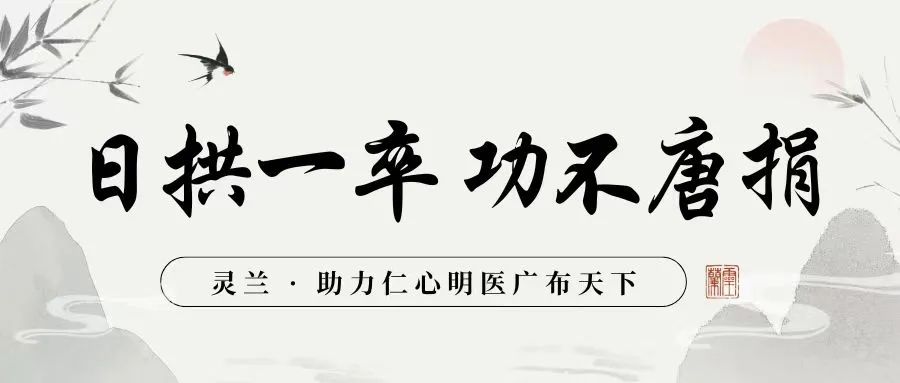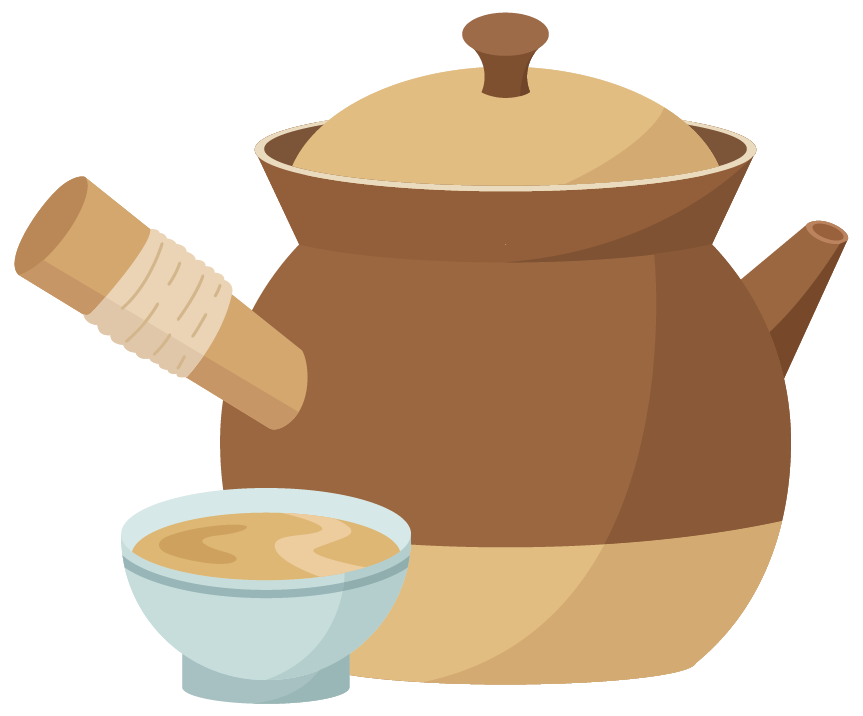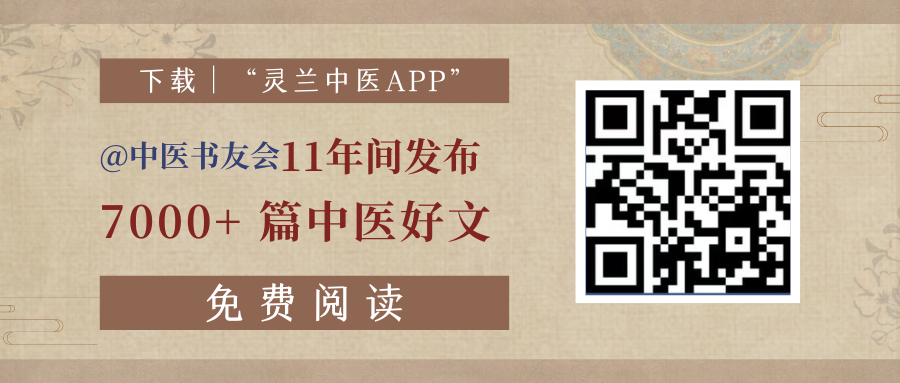

TCM Book Club Issue 4000Daily updates to accompany the growth of TCM practitioners
IIntroduction:Abdominal surgery can stimulate the gastrointestinal tract and fascia, potentially leading to persistent hiccups. Sometimes, acupuncture at Neiguan (内关) and Zusanli (足三里) is ineffective. The author employs manual acupuncture, applying strong stimulation at the terminal point of the Hand Yangming Large Intestine Meridian, which can take effect within seconds.
—This article is approximately700words, expected reading time2minutes—

Manual Acupuncture Treatment for Hiccups After Abdominal Surgery
Author/Li TingguanAuthor Introduction:Li Tingguan, male, from Tiandeng County, Chongzuo City, Guangxi Zhuang Autonomous Region, born in August 1940. Chief physician, professor, master’s supervisor, a guiding teacher for the third batch of national old TCM experts’ academic experience inheritance, and one of the first “Guangxi TCM Masters.” He entered Guangxi TCM College (now Guangxi University of Chinese Medicine) in 1959 and has been engaged in surgical work since graduation. Hiccups after abdominal surgery are quite common in clinical practice. The author uses manual acupuncture to treat this condition with good results, as described below.
Hiccups after abdominal surgery are quite common in clinical practice. The author uses manual acupuncture to treat this condition with good results, as described below.
1. Acupuncture Points and Technique
Instruct the patient to flex their index finger, bringing the tip of the finger into contact with the tip of the thumb to form a ring. Then, insert a five-minute long mǎo zhēn (毫针) needle at the radial side of the dorsal crease of the first finger joint, piercing the skin and directly inserting it subcutaneously along the radial edge with a strong twisting stimulation technique. Generally, after needling one side, the hiccups should stop; if not, additional needles can be applied to the same side, leaving the needle in for 5-10 minutes.
2. Case Summaries
- Case 1
Gan ××, male, 32 years old.
Due to a duodenal bulb ulcer, he underwent a subtotal gastrectomy and gastrojejunostomy under epidural anesthesia on April 5, 1978. On the afternoon of the 6th, he experienced persistent hiccups, which worsened the pain at the surgical site, causing significant distress. After acupuncture at Neiguan (内关) and Zusanli (足三里), the hiccups did not stop. The treatment was then changed to this method (needling the left side), and the hiccups immediately ceased.
-
Case 2
Qin ××, male, 44 years old.
Due to choledocholithiasis and septic shock, he underwent choledochotomy and T-tube drainage under herbal anesthesia on September 29, 1978. On October 7, he experienced frequent hiccups, which persisted despite injections of atropine and analgesics, causing extreme discomfort.
On the morning of the 9th, this method was used for treatment (needling both sides). Two minutes after needling, the hiccups stopped. On the 12th, a cholangiography was performed, but hiccups interfered with the imaging. After needling the left side again using this method, the hiccups ceased, and the imaging proceeded smoothly.
3. Insights
Hiccups after abdominal surgery are often caused by diaphragm spasms. Traditional Chinese Medicine (TCM) believes this is due to a disruption of the qi mechanism, leading to rebellious stomach qi.
The effectiveness of needling this acupuncture point is attributed to its location on the Hand Yangming Large Intestine Meridian. The Large Intestine Meridian begins at the tip of the index finger, ascends along the radial side of the finger, enters the chest cavity, connects with the lungs, descends through the diaphragm, and is closely related to the Large Intestine, lungs, and stomach meridians. Needling this point can help to relax the chest and diaphragm, facilitating the descent of lung and stomach qi, thus stopping the hiccups..

—Copyright Statement—• This article is excerpted from “Guangxi Traditional Chinese Medicine” (1981) | Author: Li Tingguan • Editorial and recommendation: Xiao Jia | Typesetting, proofreading, introduction: Yi Yi | Visual: Shisan | Review: Ju Ye. • Copyright belongs to the rights holder. For educational exchange only, please do not self-medicate.


